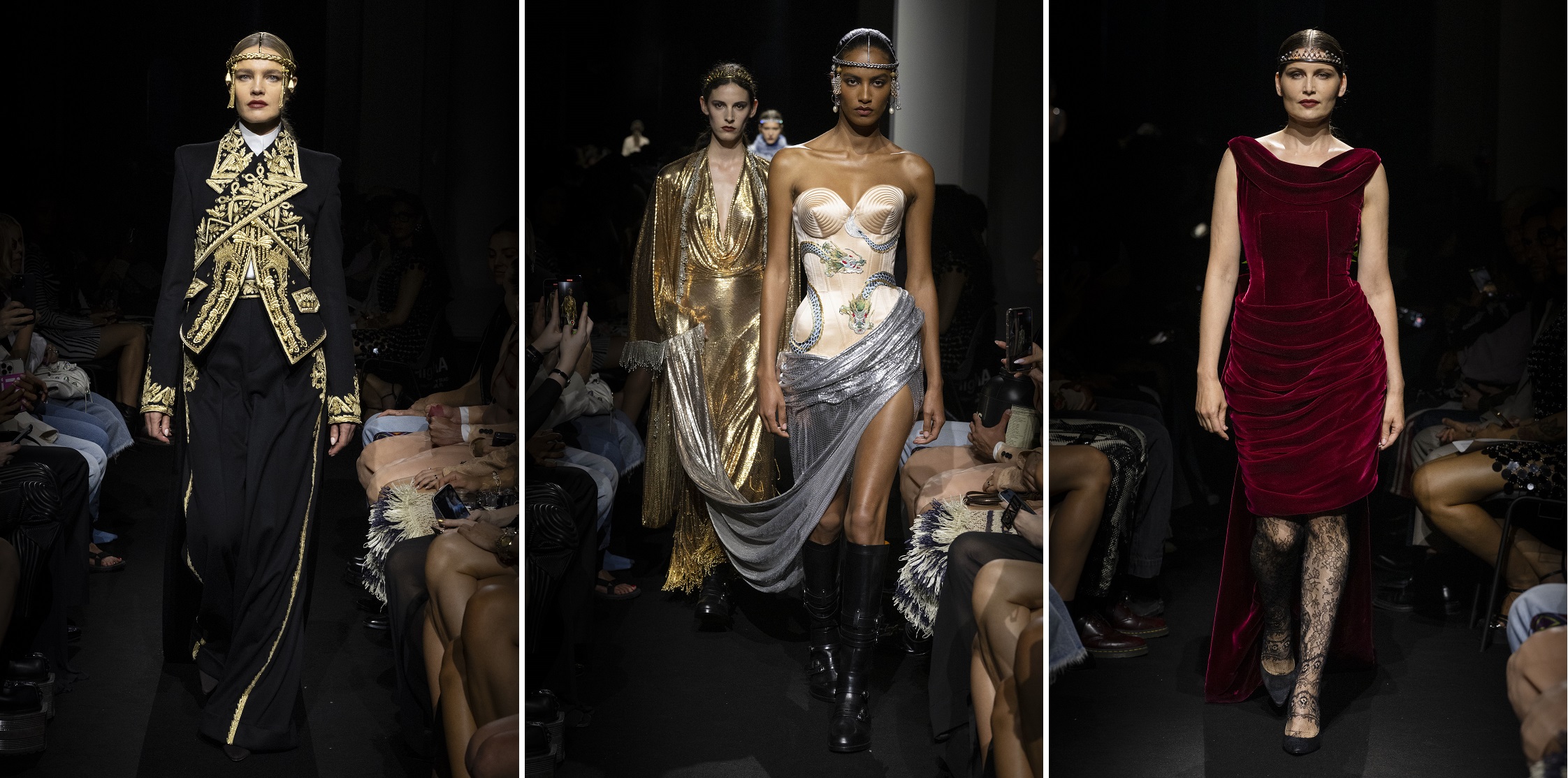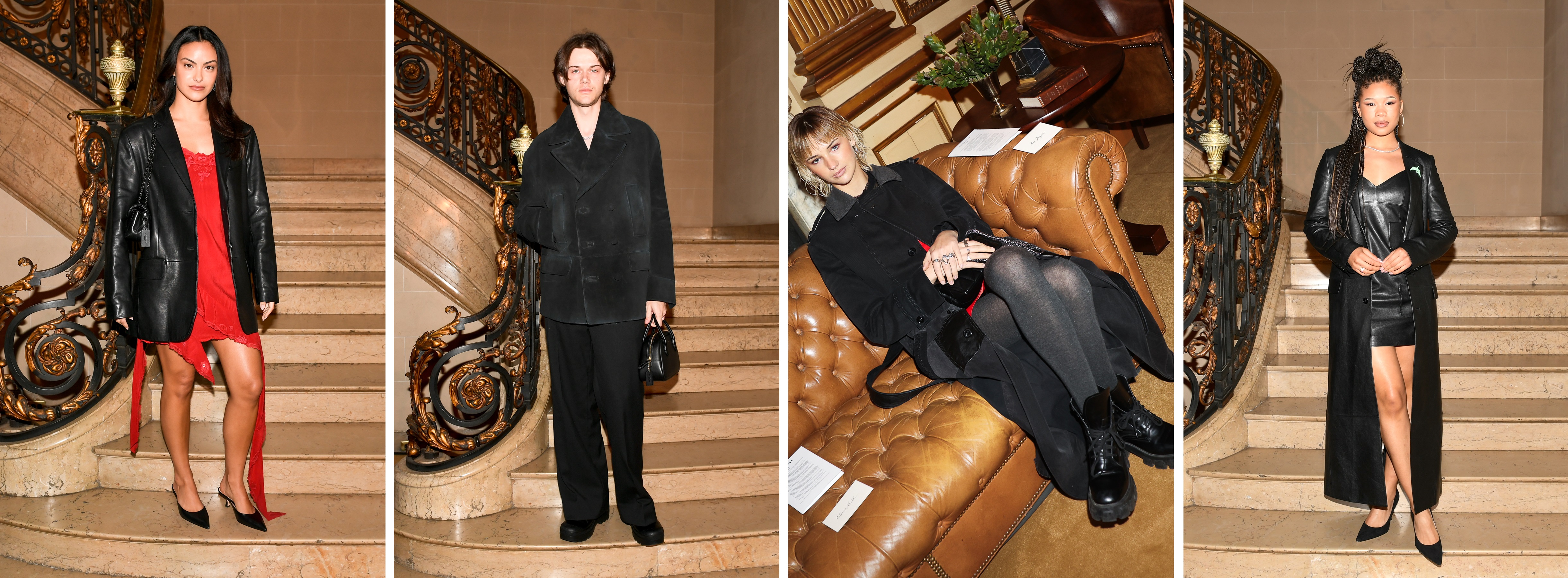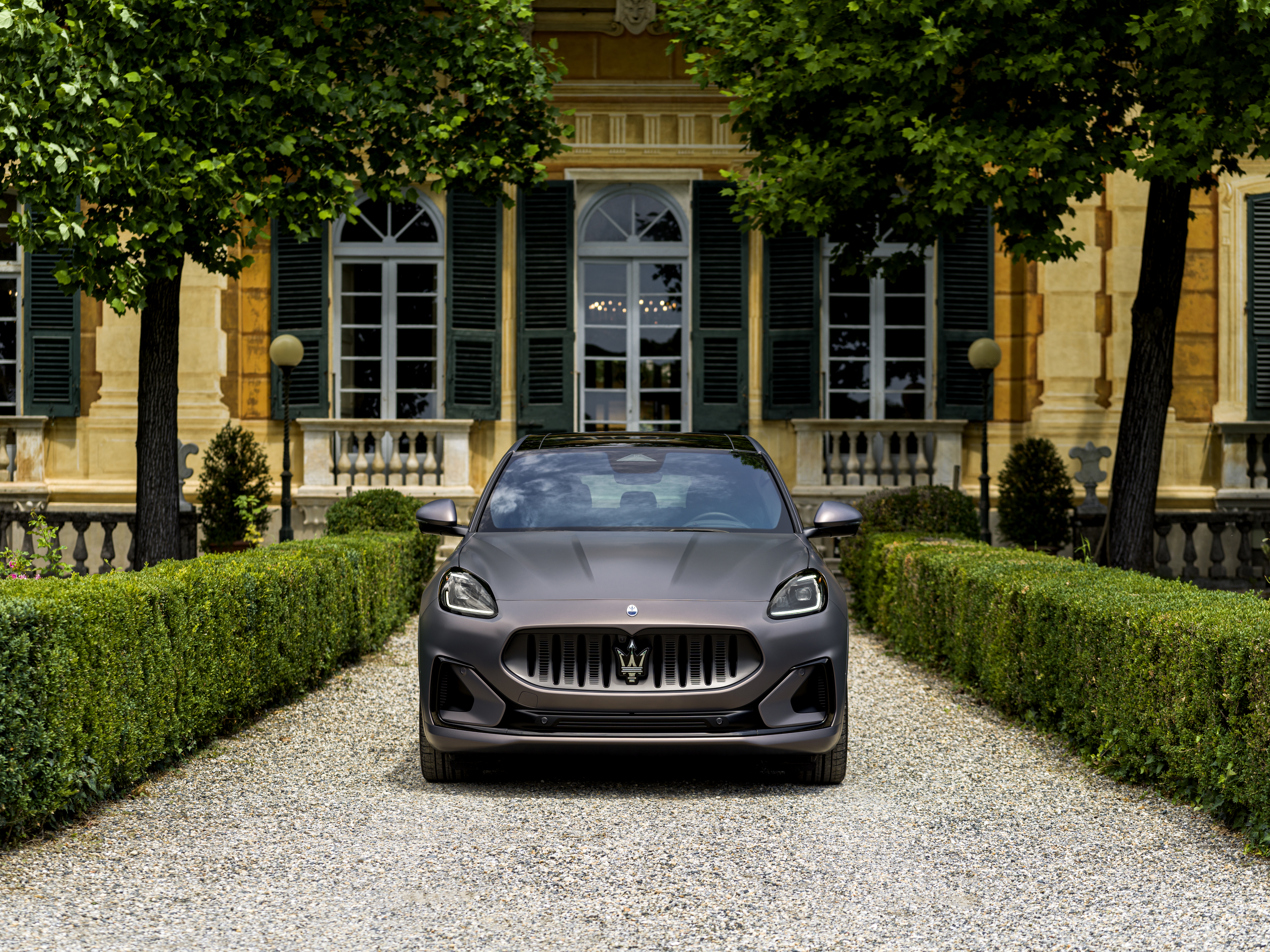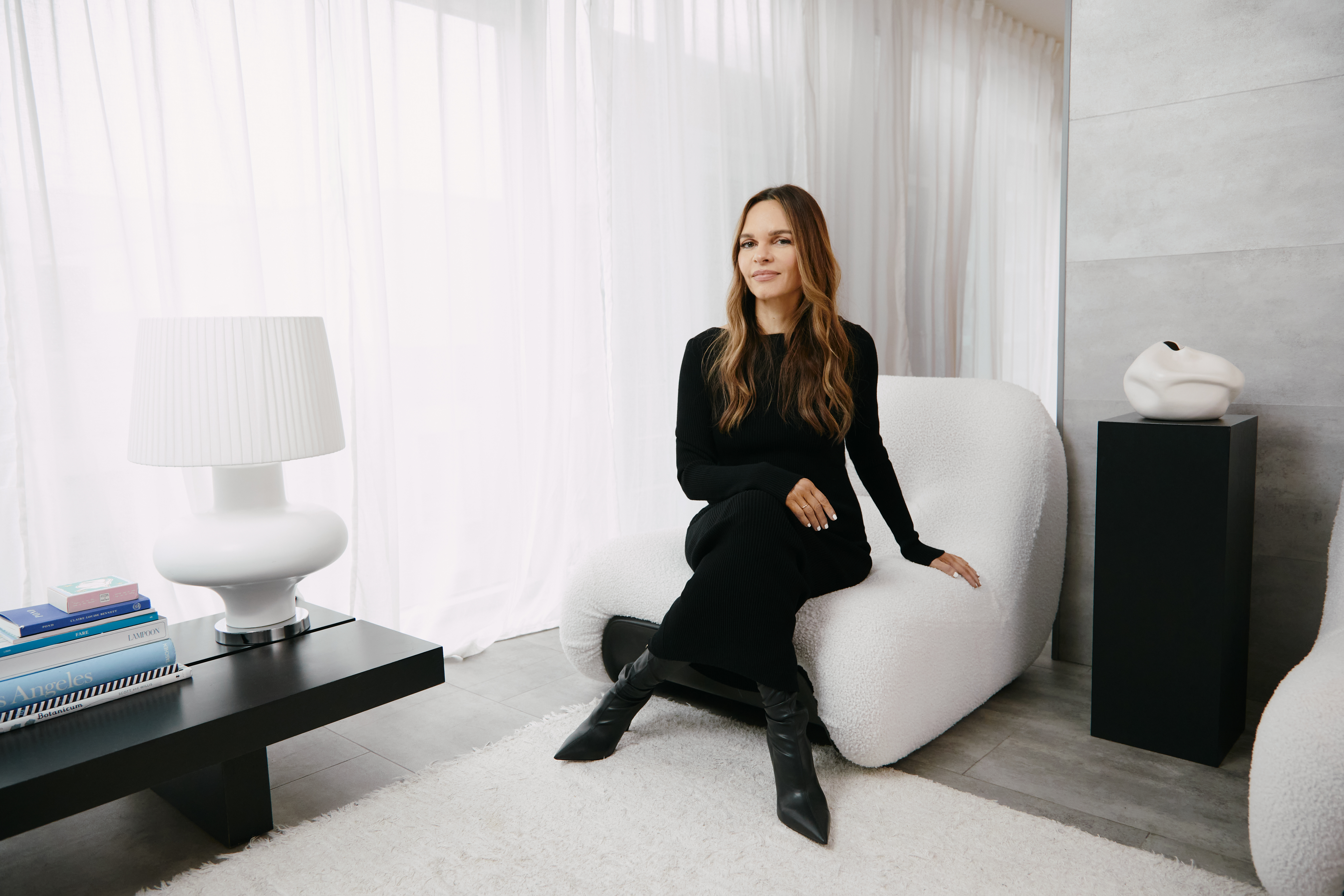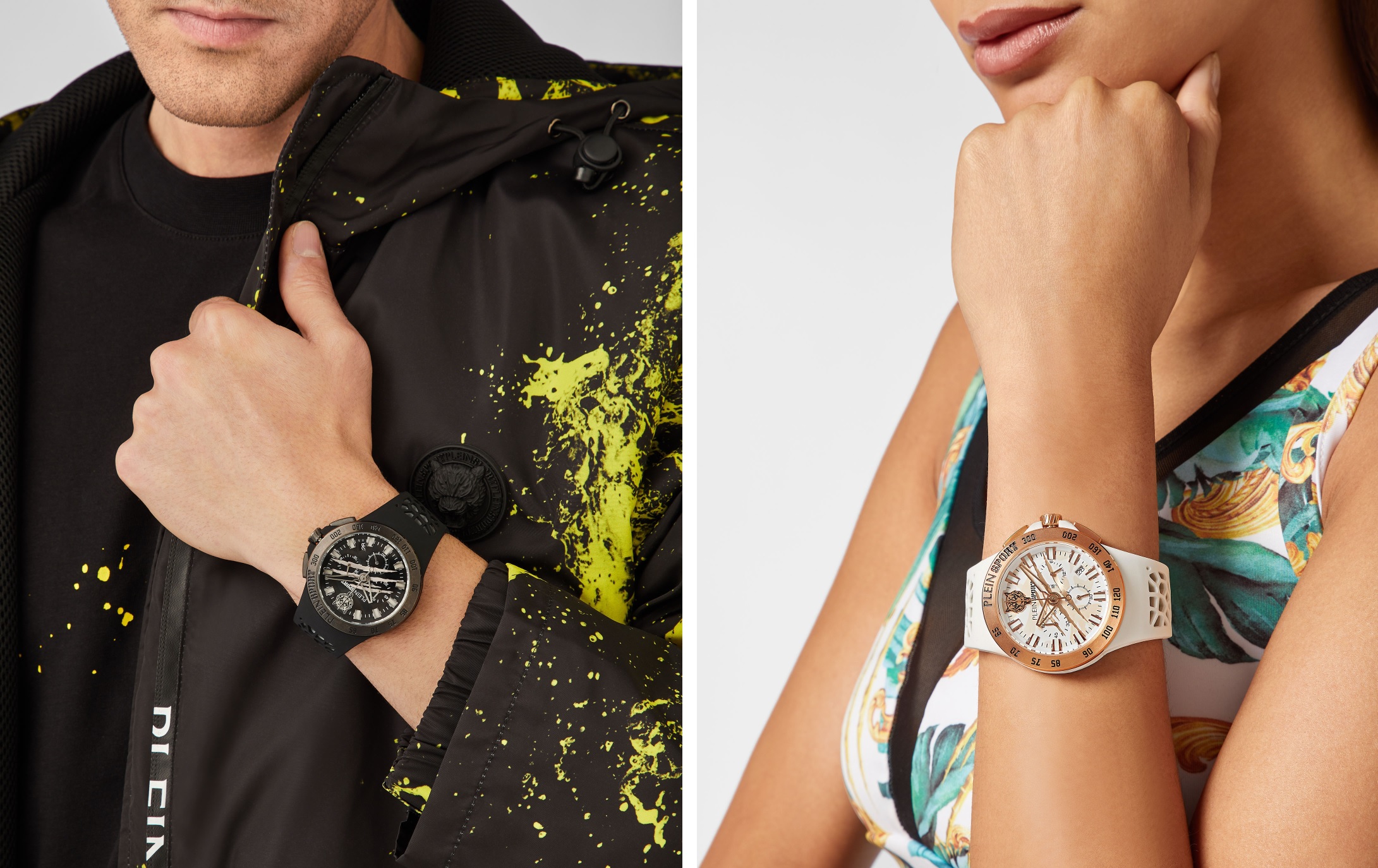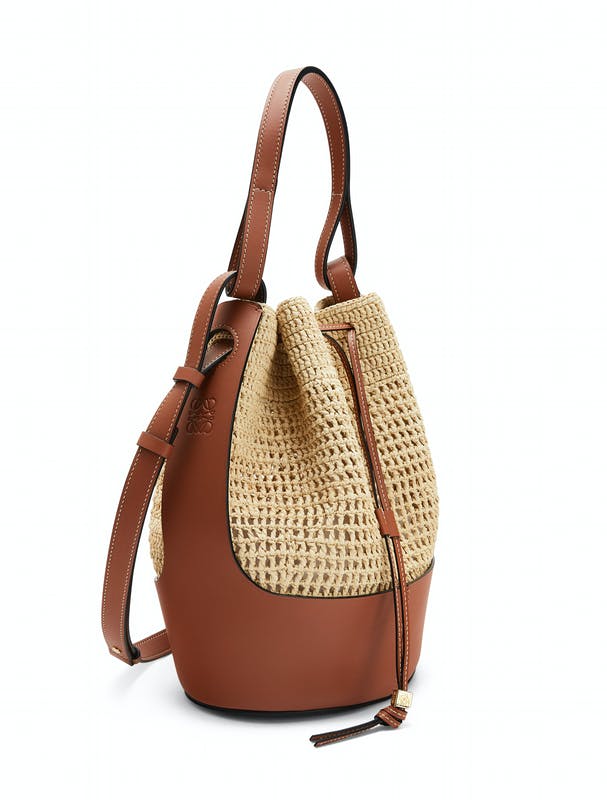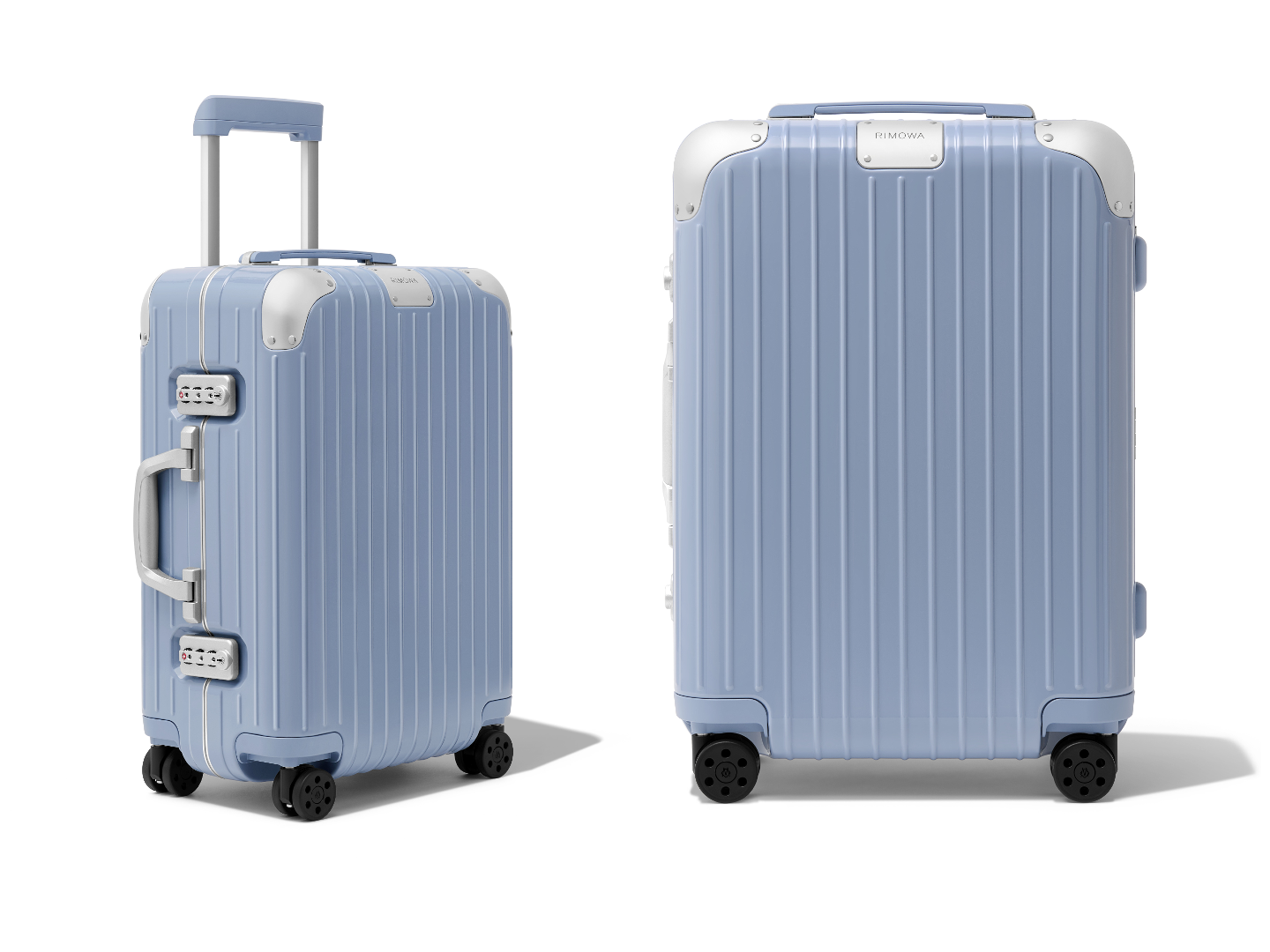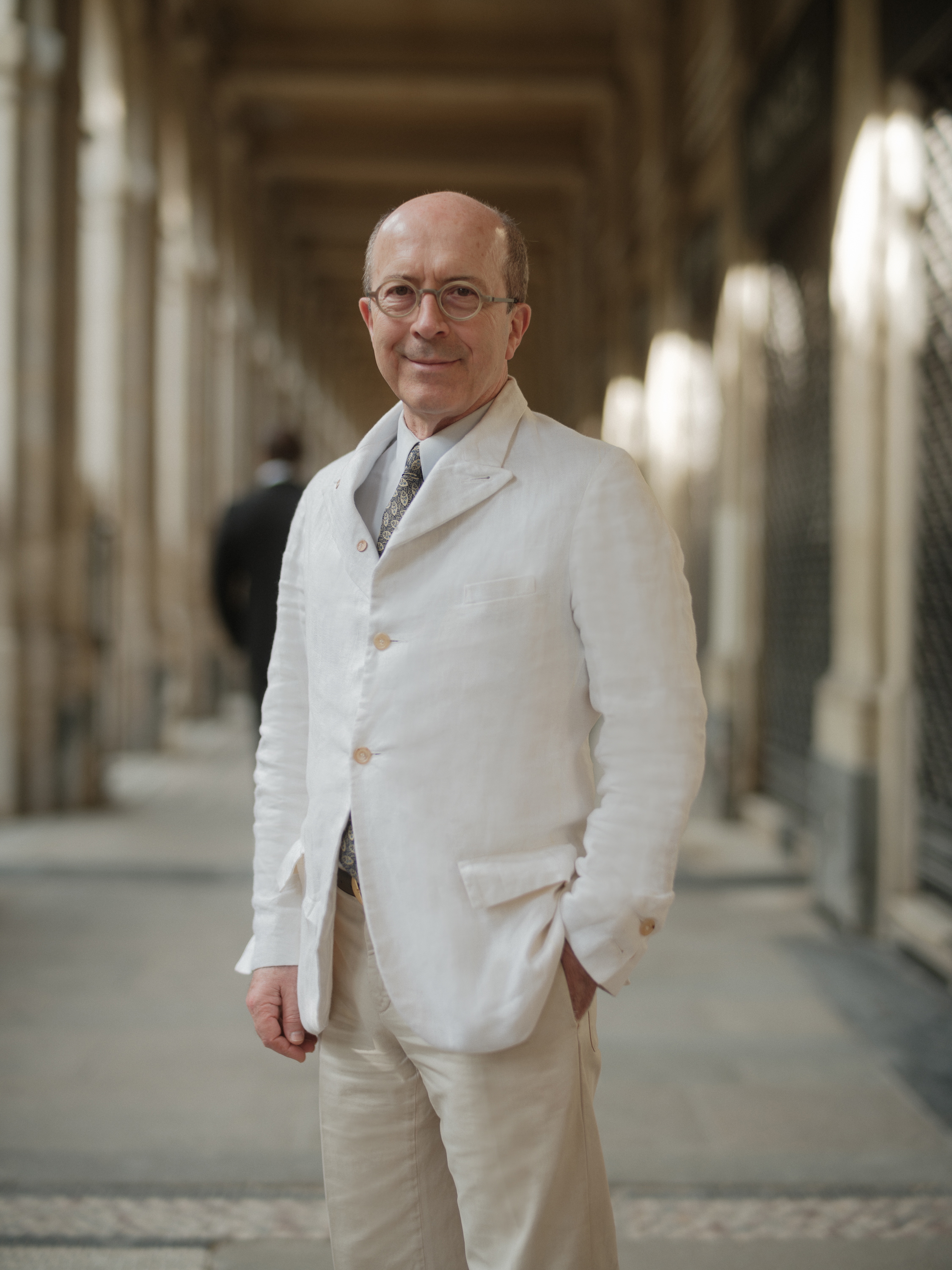
As the Belgian’s oldest fine leather goods house, founded in 1829, Delvaux stands at the crossroads of history and modernity, under the thoughtful leadership of Jean-Marc Loubier, the Maison continues to evolve its legacy with quiet confidence and bold craftsmanship.
In this exclusive conversation with L’Officiel Arabia, Loubier reflects on the delicate balance between past and present, unveiling how Delvaux’s Belgian soul continues to inspire innovation—from architectural reimagining of the iconic Brillant bag to cross-cultural storytelling in immersive new formats.
What emerges is a portrait of a house deeply rooted in its craft, yet unafraid to reinvent itself for the rhythm of modern life.
Tanja Beljanski: Art & Heritage. Delvaux’s roots in Belgian craftsmanship and artistic heritage run deep. How does this collection reinterpret that legacy for the modern audience?
Jean-Marc Loubier: At Delvaux, heritage is not a relic, it's a living force. Our roots in Belgian craftsmanship go back to 1829, and that legacy informs everything we do—not only how we make, but how we think. Belgium has always nurtured a quiet yet powerful artistry: surreal, precise, and deeply imaginative.
This year’s project, anchored in the narrative of 1958 and reimagined for 2025, gave us an opportunity to explore how historical references can become contemporary experiences. Rather than replicate the past, we brought it into conversation with the present. The exhibition, the storytelling, and the evolution of Le Brillant all reflect our belief that heritage becomes meaningful only when reinterpreted with curiosity and sensitivity.
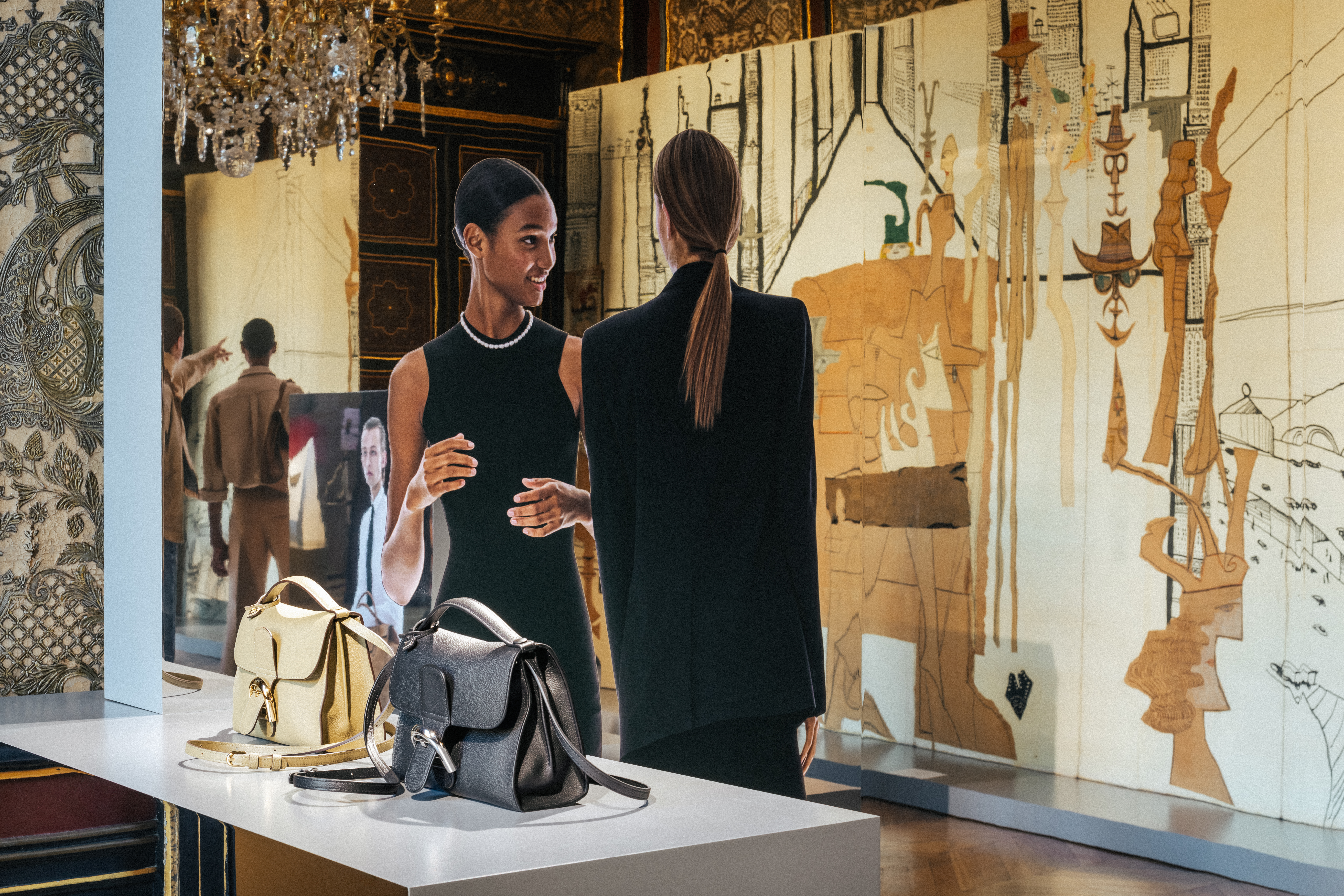
The Brillant has long stood as a symbol of the Maison’s innovation and elegance. What inspired the evolution of the Brillant Tempo?
Le Brillant was introduced in 1958, during the Brussels World Expo—a moment defined by optimism, ingenuity, and modernity. Its design drew on the futuristic lines of the Philips Pavilion by Le Corbusier and Iannis Xenakis. Since then, it has embodied our Maison’s philosophy: elegant without excess, technically masterful, and quietly radical.
With the Brillant Tempo, we wanted to preserve the iconic structure while allowing it to breathe differently. This version is lighter, more fluid, and attuned to the pace of contemporary life—hence its name, Tempo. It brings a casual sophistication and versatility to the Brillant family, while honouring the architectural spirit that defines it.
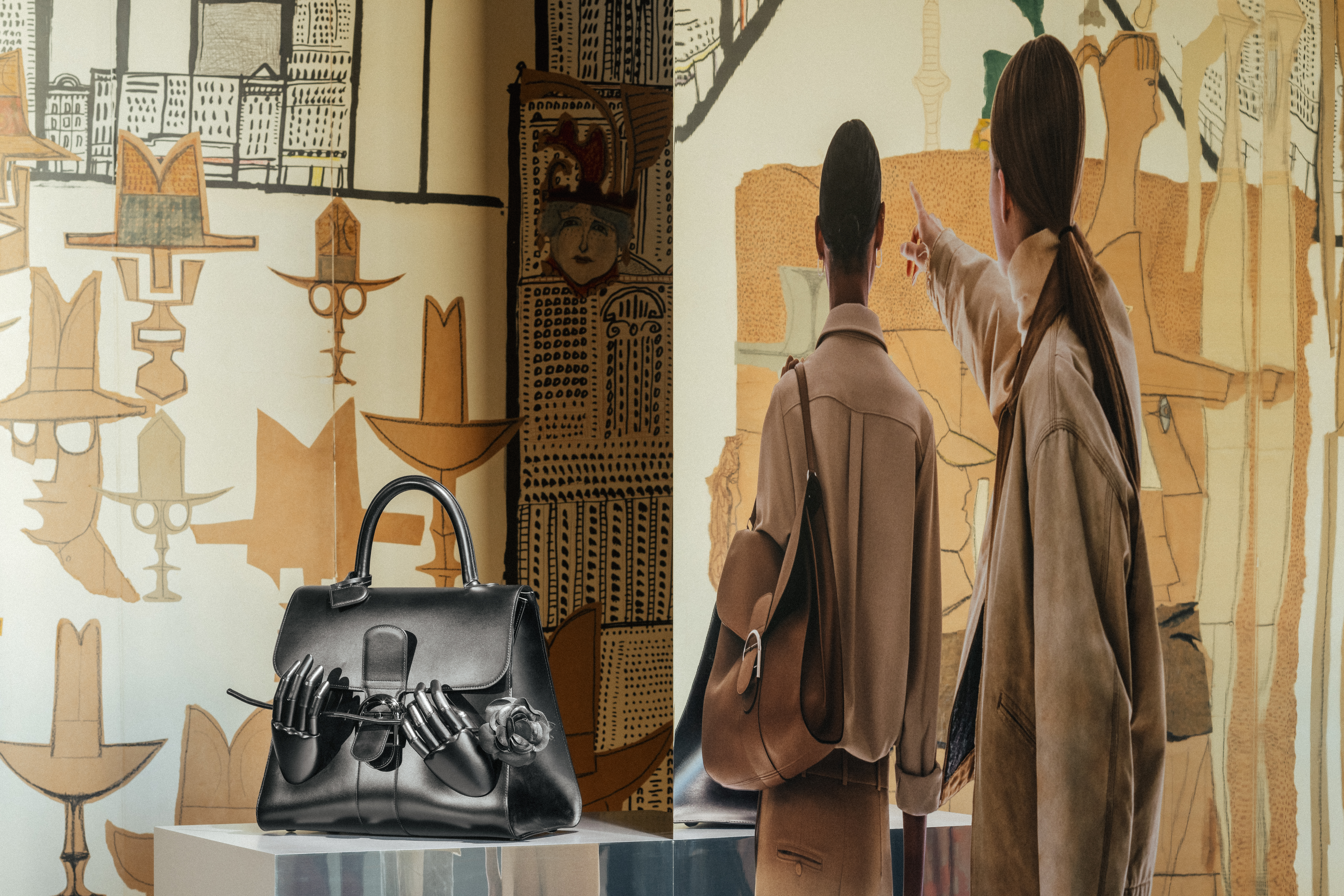
Balancing Heritage and Modernity. This collection strikes a subtle balance between strength and softness. How do these contrasts reflect the spirit of Delvaux in 2025?
We see contrasts not as opposites, but as expressions of harmony. Delvaux has always balanced discipline with delight, classicism with experimentation. Today, that balance feels more intuitive. The world is fast, complex, and emotionally textured—people want beauty that feels personal and grounded.
This season, we’ve embraced refined forms softened by fluid movement. Materials speak as much to the hand as they do to the eye. We continue to honour structure, but we also celebrate a more sensual, lived-in elegance. This is Delvaux in 2025: rooted, precise, and emotionally attuned.

The Belgian-American Dialogue. “The Belgians, The Americans, You” explores a layered cultural dialogue. How is this concept expressed through the collection’s storytelling?
This project began with a question: how can we connect moments in time and space in a way that feels alive—not archival? The year 1958 was pivotal for Belgium and for the world. It marked a turning point in design, culture, and diplomacy. At the Expo, Delvaux introduced Le Brillant while Saul Steinberg painted The Americans—two cultural expressions from different worlds, yet united in optimism and creative freedom.
In 2025, we bring these narratives into dialogue. The installation is immersive, transforming visitors from observers into participants. Mirrors, silhouettes, shifting perspectives—it’s about engagement, not nostalgia. It’s a conversation between Belgium and America, between 1958 and now, between design and the individual.
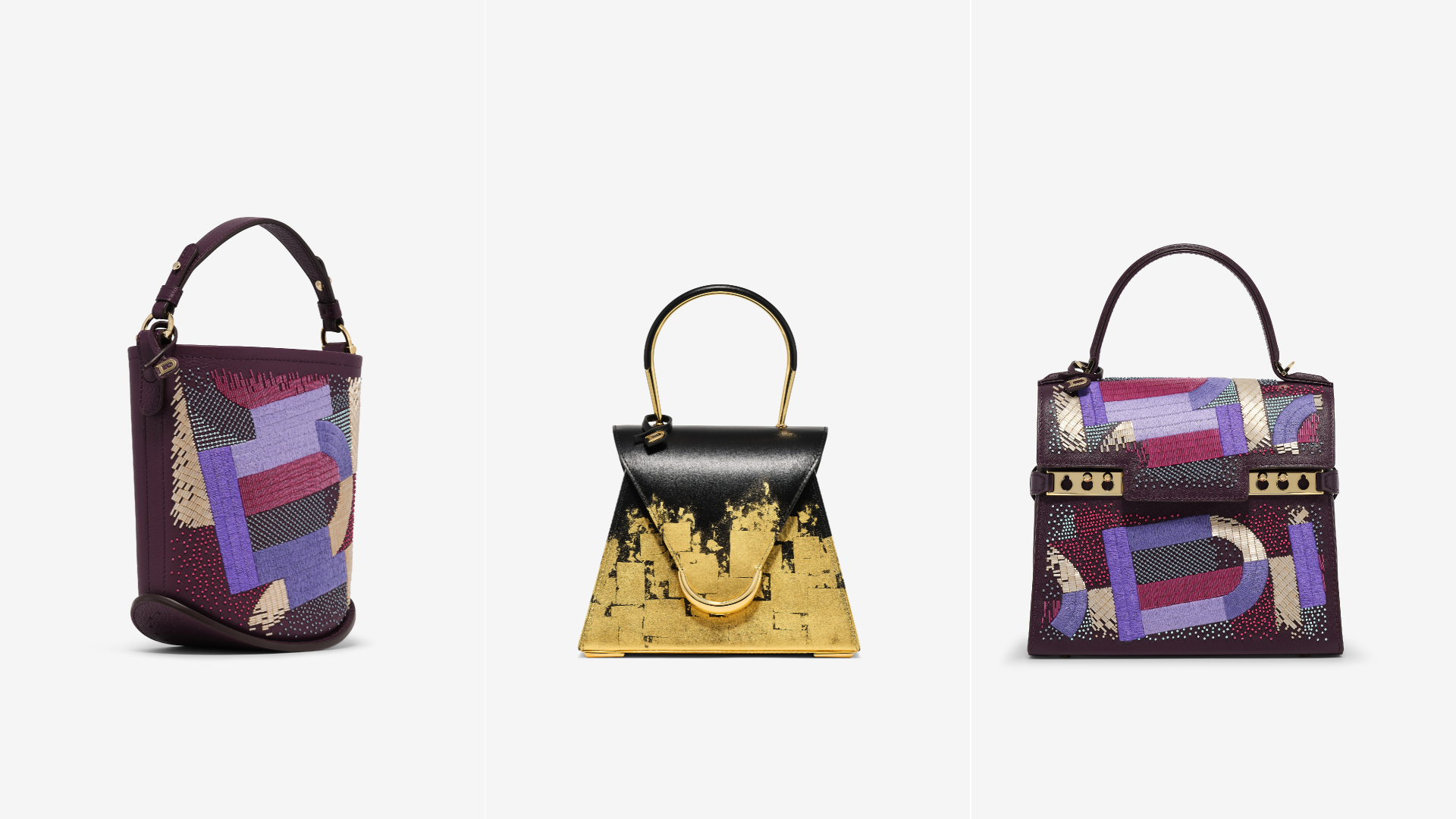
Modern Luxury and Personalisation. Luxury today seems more personal, more emotional. How does Delvaux respond to this shift?
The meaning of luxury has changed. It's no longer about status, but about significance. Our clients are looking for pieces that carry emotional weight—pieces that resonate. At Delvaux, that’s always been our foundation. Every curve, every stitch, every material is chosen with intention.
But beyond craftsmanship, we care about meaning. Our bags are made to last a lifetime, to be passed down, to tell stories. Whether it’s a gift, an heirloom, or a personal treasure, each piece becomes part of someone’s life. That emotional connection—that’s real luxury.
Looking Ahead. Delvaux holds a rare place in history. How do you personally carry that responsibility into the future?
When you're entrusted with nearly 200 years of history, your responsibility isn't just to protect it—it's to move it forward. Our ateliers are filled with heritage, yes, but also invention. Our craftsmen are guardians and innovators at once.
My role is to uphold the values that have defined Delvaux—excellence, imagination, discretion—while ensuring they remain relevant. We don’t follow trends; we listen. To the world, to our clients, to the language of design. It's a quiet evolution, but deeply intentional.
The future of Delvaux will be shaped by the same values that brought us here: care, clarity, and craft. That is how we create a Maison not just of objects, but of meaning.In Jean-Marc Loubier’s hands, Delvaux is not simply preserving history—it’s animating it. With vision, restraint, and a sense of poetic modernity, the Maison continues to redefine what luxury can be: purposeful, personal, and beautifully precise.
As Delvaux looks ahead to its third century, one thing remains clear—its legacy is still in motion.
related posts

Accessories
CAREFULLY CRAFTED BY LINDBERG
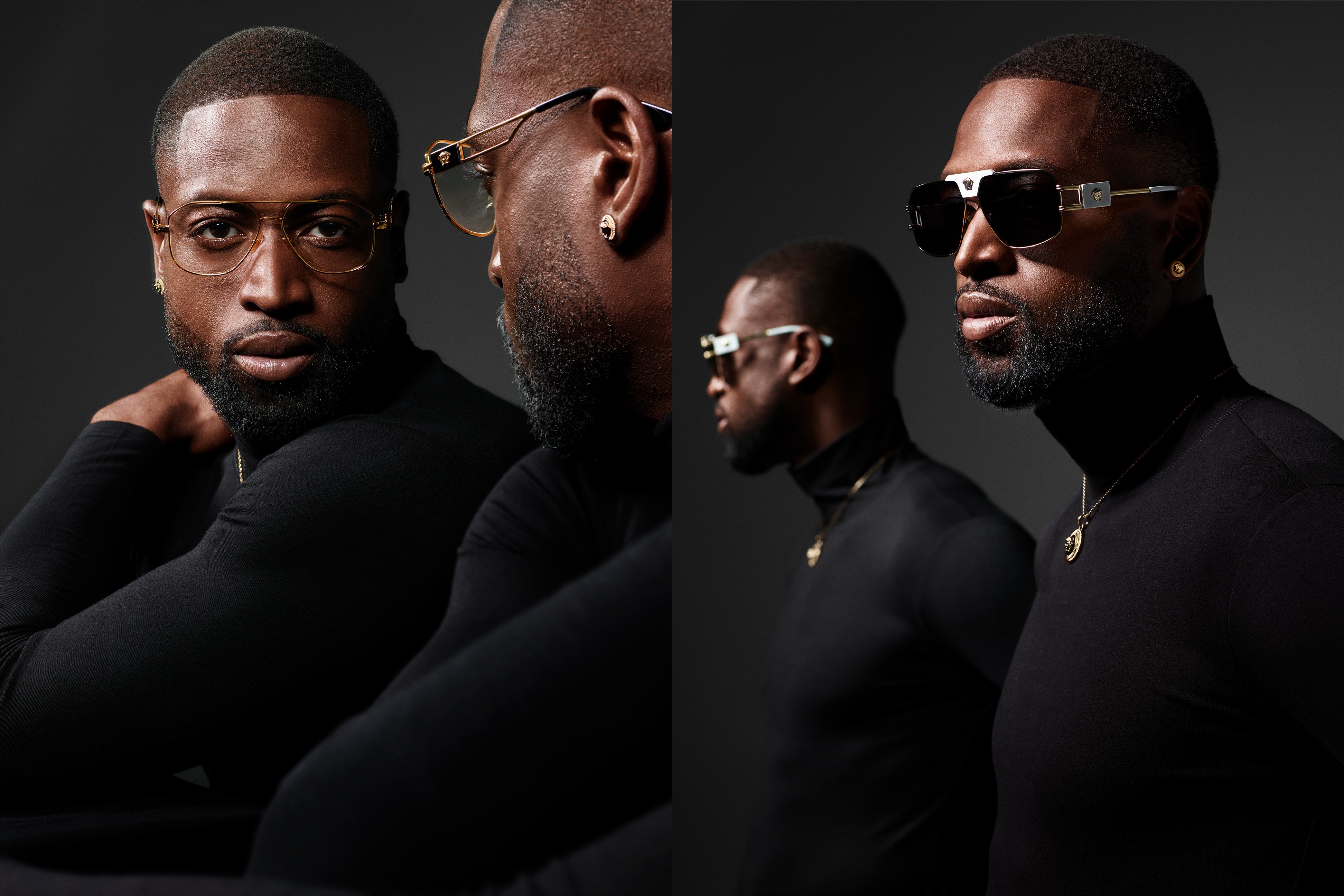
Accessories
Dwyane Wade for Versace Eyewear

